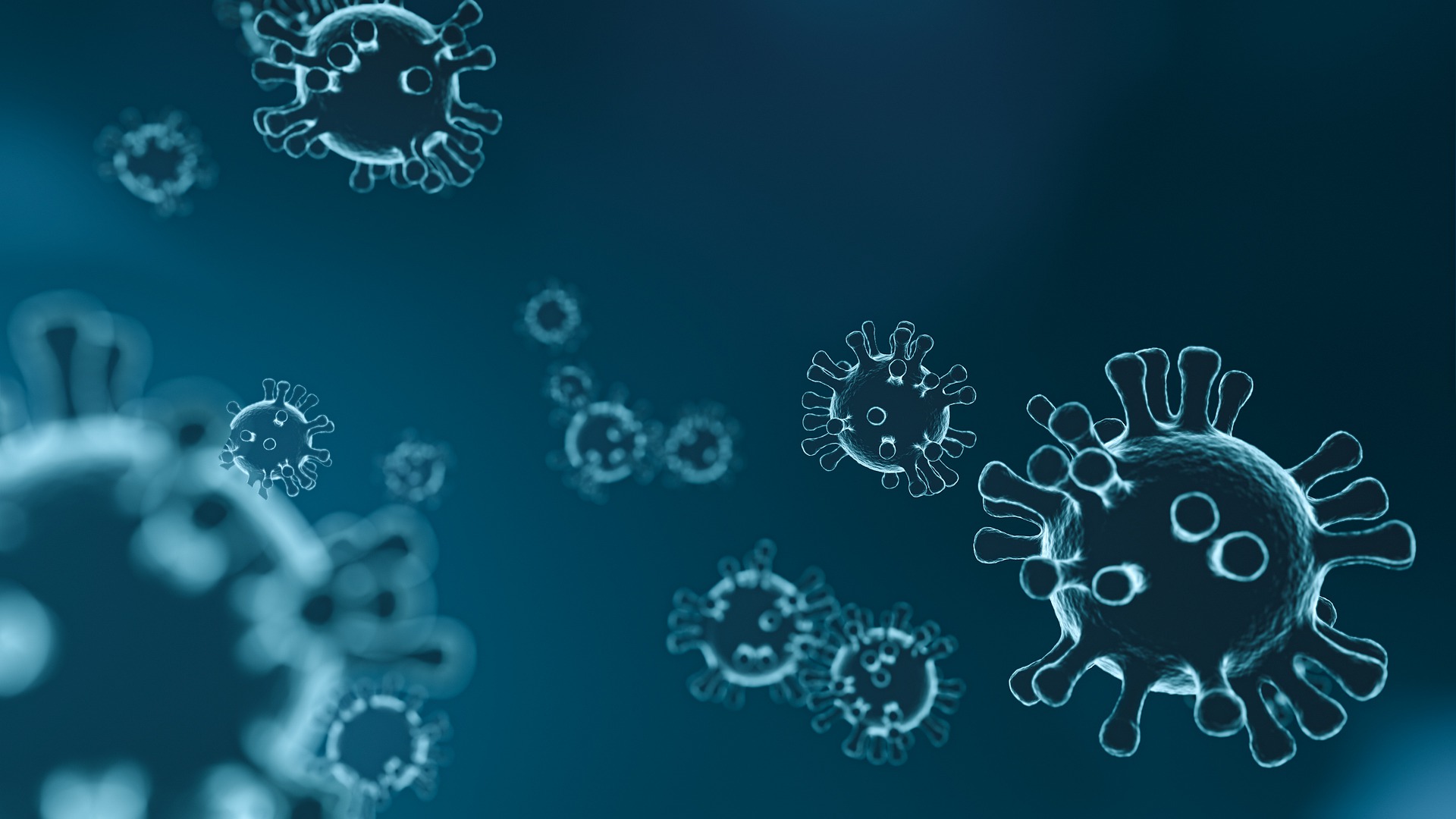
INSIDe
Integrative modeling of the spread of serious infectious diseases
Project content and objectives
In order to be able to take effective and appropriate measures in the event of outbreaks of infectious diseases such as the coronavirus pandemic, political decision-makers need the best possible information on the incidence of infection. For the vast majority of infectious diseases, however, there is a lack of information, as officially reported case numbers are often not representative due to a lack of availability or reliability of tests to detect the infection.
One source of data that is independent of tests and officially reported case numbers is wastewater, where a lot of information on pathogens can be found. The aim of INSIDe is to develop a software platform that can be used to simulate the spread of infectious diseases detectable in wastewater and detect outbreaks of infection at an early stage. The platform will also enable the simulation of the spread of the disease under different conditions in order to assess the impact of possible measures or test strategies on the incidence of infection.
Project structure
The INSIDe project consists of five work packages.
Work package 1 – INSIDe platform
The INSIDe software platform is being developed in WP1. This serves to integrate several mathematical models that model various aspects of the infection process on the basis of different data and are to be combined into a complex model. In recent years, various models have been developed to simulate the spread of infectious diseases. However, these are limited in their predictive accuracy, partly due to an inadequate database, as they do not allow the integration of wastewater observations, for example. By combining different models based on different data using the INSIDe platform, we aim to improve the accuracy of the simulation. This will result in easier assessment and prediction of the spread of infectious diseases.
Work package 2 – Epidemiological models
In WP2, a modular open-source simulation tool for the simultaneous transmission of several infectious diseases such as SARS-CoV-2 is being developed. The modularity of the software framework allows individual models to be exchanged for others, for example to consider the effect of new variants or interactions. The efficient implementation guarantees optimum use of the available computing resources in order to be able to consider different scenarios. The model should use a customizable spatial resolution in order to do justice to the dynamics of the infection process. Furthermore, the implementation of various test and reporting models takes into account the fact that non-symptomatic cases, for example, are hardly detected if testing is mainly symptom-based.
Work package 3 – Detailed sewer network models
In WP3, detailed computer-aided models are being developed for sewer networks in urban districts for the surveillance of infectious diseases. Many pathogens can be detected in wastewater and a major advantage of wastewater testing is that it is independent of testing and reporting strategies and can provide a picture of the incidence of infection in the population as a whole. The detailed model will provide insights into the infection process from wastewater sample measurements and will also make it easier to determine the region where the virus is most likely to have been released into the wastewater network.
The detailed model will make it possible to derive statements from the wastewater tests at various points in the sewer network as to where there is an increased number of infected people in the settlement area.
Work package 4 – Coarse-mesh sewer network models
In addition to the implementation of a machine interface between sewer network models and the INSIDe software platform, WP4 will develop approaches for the automatic construction of coarsened, computer-aided models for sewer networks of large cities for the surveillance of infectious diseases. A coarsening of the sewer network model can be useful in certain cases for computational time reasons and is necessary because the construction of detailed models for entire cities is too complex and expensive or the required information is not available (e.g. for many cities in countries of the global South).
Work package 5 – Data collection
In WP 5, existing data sets will be supplemented to support the construction of models for the sewer network system, to validate the INSIDe platform and to evaluate the possibility of using wastewater samples in early warning systems. To this end, pulse-chase experiments are being carried out in the sewer network at locations in Munich and Addis Ababa, which will provide information on the flow patterns in the wastewater network. In addition, targeted analyses of wastewater samples are carried out to provide information on selected infectious diseases. In addition, untargeted DNA and RNA sequencing of wastewater samples is being carried out to set up an early warning system. The sequencing results are compared with the entries in a database for pathogens in order to detect unforeseen pathogens in the wastewater.
Project managers and partners
- Prof. Dr. Jan Hasenauer from the University of Bonn
- PD Dr. Andreas Wieser from the Ludwig Maximilian University Hospital in Munich
- Dr. Martin Kühn German Aerospace Center (DLR)
- Dr. Andreas Hofmann from Tandler
- Gerald Angermair from Tandler
- Research

